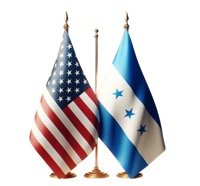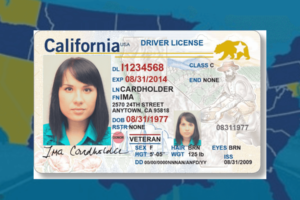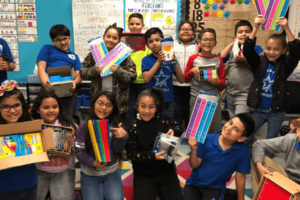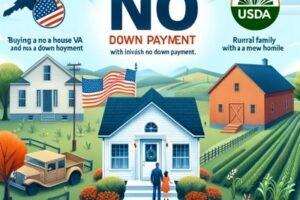U.S. Government Toll Free Phones
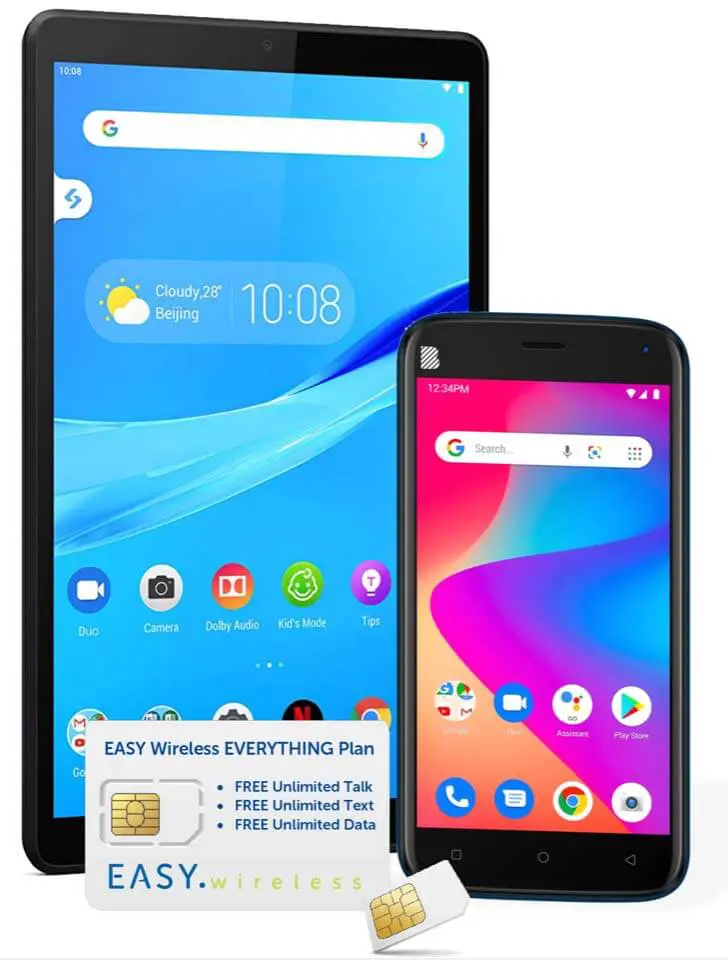
The U.S. federal government, through the Universal Telecommunications Services (USF) Program, offers a remarkable initiative called Lifeline.
This program is designed to provide free telephones and telecommunications services to low-income people, thus facilitating access to essential communication.
Lifeline Program Eligibility
To qualify for Lifeline, applicants must meet at least one of the following criteria:
- Family Income Below 135% of the Federal Poverty Level: This measure ensures that the program reaches those most in need.
- Social Assistance Program Recipients: This includes programs such as Medicaid, Supplemental Nutrition Assistance Program (SNAP) or Temporary Assistance for Needy Families (TANF).
- Disabled War Veterans: In recognition of their service, disabled veterans receive special consideration in the program.
- Refugees or Asylees: Persons who have arrived in the U.S. under these circumstances are also eligible.
How to Apply for Lifeline
To enroll in Lifeline, interested parties can visit the program’s official website or call 1-800-234-0900. During the application process, it is essential to have the necessary documentation of eligibility on hand.
Program Benefits
The Lifeline program, beyond simply offering a free phone and service plan, represents a vital resource to significantly improve the quality of life for low-income people in the United States. The key benefits of this program are detailed below:
Access to Emergency Services
- Emergency Calls: Users can make calls to emergency services, which is crucial in medical emergencies, fires, or any other type of emergency.
- Disaster Communication: In case of natural disasters or crisis situations, having a phone can be a lifesaver for receiving critical information and communicating with loved ones.
Job Opportunities Connection
- Job Search: A phone allows users to actively search for jobs, submit applications, receive interview calls, and keep in touch with potential employers.
- Professional Networking: Facilitates the creation and maintenance of a network of professional contacts, essential for job growth and the search for new opportunities.
Education Support
- Online Education: Data access allows students from low-income families to participate in online education programs and access educational resources.
- Communication with Educational Institutions: Enables regular interaction with teachers, professors and school administrators, which is important for academic follow-up.
Health and Wellness Management
- Telemedicine: Allows users to access remote medical consultations, especially important for those with reduced mobility or living in rural areas.
- Medication and Appointment Reminders: The phones can be used to receive medication reminders, medical appointments and treatment follow-up.
Social and Family Support
- Family Connection: Facilitates maintaining contact with family and friends, which is essential for emotional and social support.
- Access to Assistance Programs: Allows users to access information on other social assistance programs and to complete the necessary procedures to receive additional assistance.
Digital Inclusion and Access to Information
- Digital Literacy: Provides an opportunity for users to become familiar with technology, which is essential in today’s society.
- Access to Information: Allows users to be informed about news, events and topics of general interest, promoting a more informed citizenship.
Lifeline Participating Suppliers
Several cell phone service providers participate in Lifeline, including:
- Assurance Wireless
- TracFone Wireless
- SafeLink Wireless
- Leap Wireless
- Q Link Wireless
To find a provider in your area, you can visit the Lifeline website and search based on your location.
Tips for Applying for Lifeline
- Necessary Documentation: Have your tax return, benefit card, or veteran’s identification card available to prove your eligibility.
- Personal Identification Number (PIN): This will be required during the application process.
- In-Person Assistance: If you encounter difficulties when applying online or over the phone, you can seek assistance at your local social services office.
The Lifeline program is an essential tool to ensure that citizens in economically vulnerable situations have access to telecommunications services. It provides not only a means of communication but also a vital connection to the world, opening doors to opportunities and assistance.
How to apply for your free government phone
To sign up for the Lifeline program, you can do so in the following ways:
- Online: Visit the Lifeline website and follow the instructions.
- By phone: Call 1-800-234-0900 and follow the instructions.
- In person: Visit your local social services office.
If you sign up online or by phone, you will need to provide the following information:
- Your name
- Your address
- Your telephone number
- Your Lifeline program PIN number
If signing up in person, you must provide the following information:
- Same information as if you signed up online or by phone
- A photo ID
- Proof of income
Once you have submitted your application, the Lifeline program will review it and notify you of its decision. If approved, you will receive a free phone and an unlimited data service plan.
